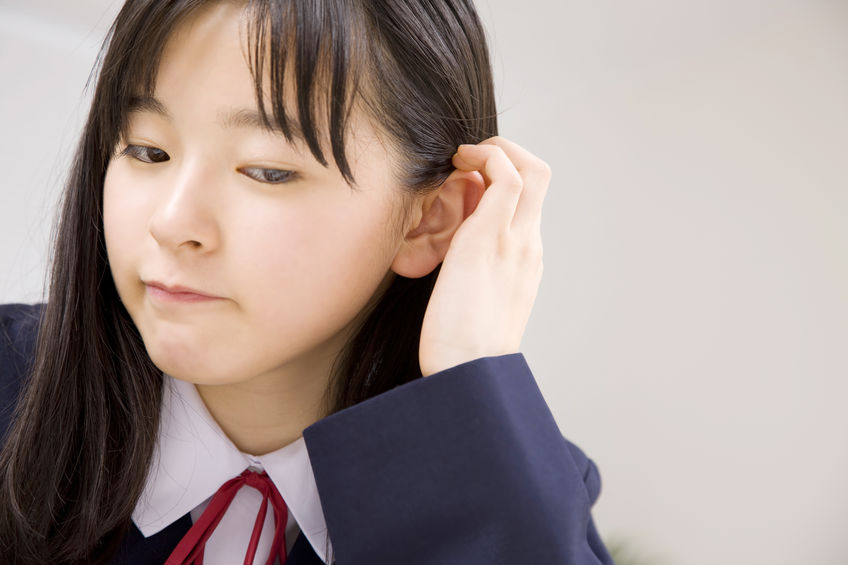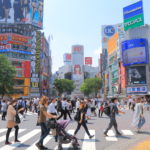Public Photography in Japan

Public Photography in Japan
Understanding Portrait Rights
Photography is not just an art or a passion for many, it’s also a means of documenting life, society, and memories. With the advent of smartphones, taking photos has become as casual as breathing. But when photographing in public spaces, especially in places with specific cultural and legal nuances such as Japan, it’s crucial to understand the boundaries. One such boundary is the ‘portrait right’ or 肖像権 (shōzōken).
Portrait Rights (肖像権) in Japan: The Unwritten Law
Interestingly, portrait rights are not explicitly stipulated in Japanese law. This means that there’s no concrete legal foundation that assures its protection. However, this doesn’t imply that individuals can’t seek recourse if they feel their portrait rights have been infringed upon.
When someone feels victimized by a breach of their portrait rights, they can demand the offender to remove the photograph or video (a cease and desist order). Since there’s no law that explicitly governs portrait rights, any lawsuits relating to it often reference Article 709 of the Civil Code, which deals with tort-based claims for damages.
When is it an Infringement?
While many might feel uncomfortable or aggrieved by their images being captured and perhaps shared online, not all instances are recognized as an infringement of portrait rights. Let’s examine the circumstances under which a photograph might or might not be considered an infringement:
High Likelihood of Infringement:
- When the subject can be clearly identified.
- The subject is the main focus of the shot.
- There’s a high probability of the image being disseminated widely.
Low Likelihood of Infringement:
- The subject cannot be clearly identified.
- The photographer has obtained permission from the subject.
- The location is one where one could anticipate being photographed (like popular tourist spots).
Key Consideration
Taking photos in public places teeming with people, like streets, train stations, or event venues, makes it harder to claim an infringement of portrait rights. This is especially true if someone is captured in a photograph purely by chance, without being the primary target. Places like event venues or public parks, where one can easily presume that photography might occur, are less likely to be grounds for a portrait right violation. Moreover, images with numerous individuals are less likely to be considered an infringement.
Navigating Portrait Rights in Japan’s Public Spaces: What Foreigners Should Know
For foreign visitors and photographers in Japan, the bustling streets, modern train stations, and vibrant event venues present a tantalizing opportunity to capture the essence of the country. While understanding portrait rights is essential, there’s a specific point that deserves emphasis to alleviate any potential concerns: the nature of public spaces and the implications of capturing random individuals in such places.
Public Spaces: The Heartbeat of Japan
Japan’s public spaces, like streets, stations, and event venues, are places of congregation. People from all walks of life converge, making these places a microcosm of the nation’s culture and daily life. Now, while portrait rights are a legitimate concern, claiming infringement in such busy spaces is challenging.
Here’s why:
- Accidental Inclusion: Often, in crowded areas, individuals might end up in a photograph purely by chance. If a person hasn’t been intentionally targeted or singled out in the photograph, then claiming an infringement of portrait rights becomes significantly harder.
- Anticipation of Photography: Some places, due to their public nature and popularity, inherently come with an expectation of photography. Event venues and public parks are classic examples. At an event or a festival, people are generally aware that photographers will be around, capturing the essence of the occasion. Similarly, public parks, especially the famous ones, attract tourists who are likely to take photographs. In such places, claiming an infringement on portrait rights is less feasible.
What Does This Mean For Foreigners?
For foreign photographers or tourists, this means that while you should always strive for courtesy and respect, you don’t have to be overly anxious about capturing crowd scenes or general shots in public areas. Of course, the key is not to intentionally focus on a particular individual without their consent or to use the photos in a manner that might be deemed intrusive or defamatory.
A Note on Respect
However, while the legalities might be on your side in public spaces, always remember the cultural aspect. Japan places a high value on respect and privacy. A simple nod, smile, or a gesture indicating you’d like to take a photo can go a long way in building bridges and ensuring you capture memories without causing discomfort.
Final Thoughts
Japan, with its mix of historical and modern aesthetics, is undoubtedly a haven for photographers. However, as with all things, a touch of sensitivity and understanding goes a long way. Being aware of the unwritten rules around portrait rights ensures not only legal safety but also shows respect to the individuals and the culture.
As technology advances and the lines between public and private continue to blur, it’s more essential than ever to be informed and act responsibly. Whether you’re a tourist capturing memories or a professional photographer documenting life, always be aware, be respectful, and when in doubt, it never hurts to ask for permission.










